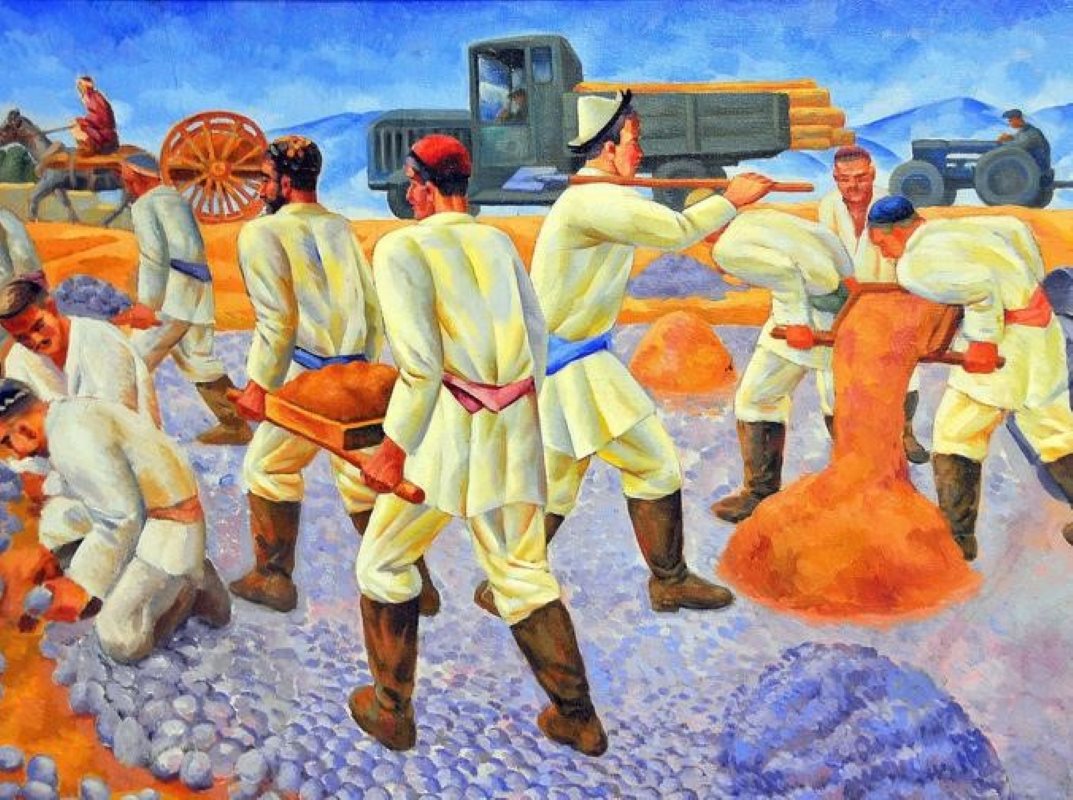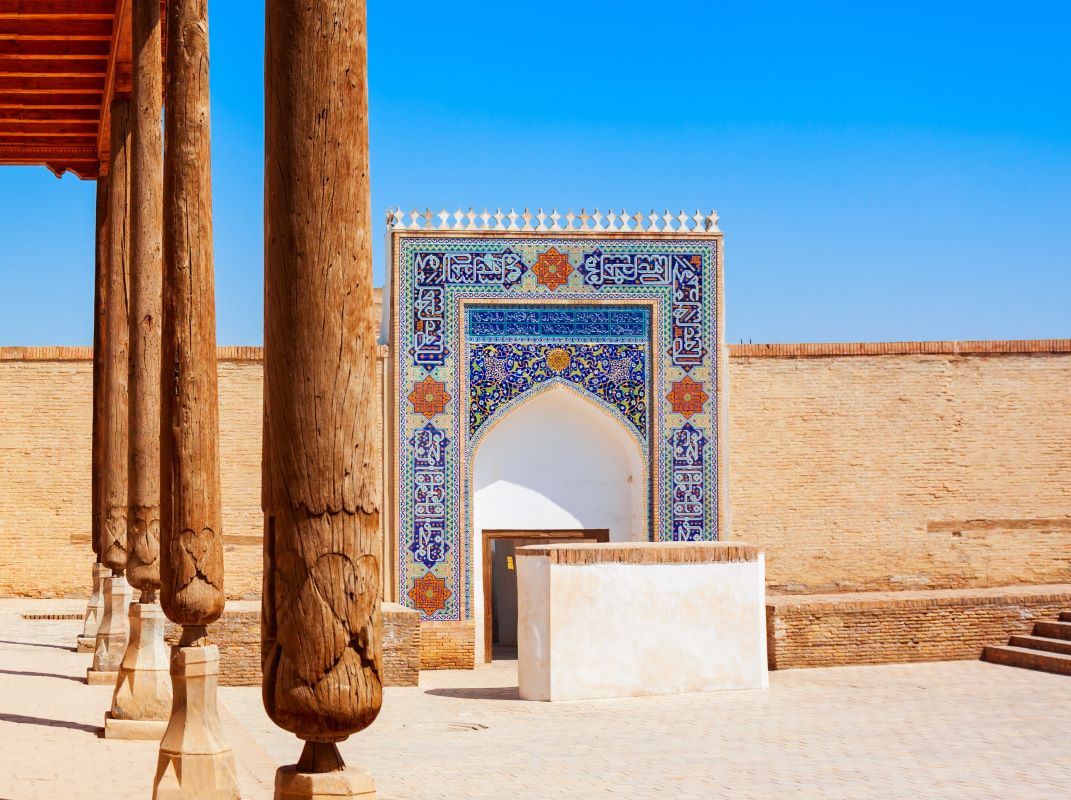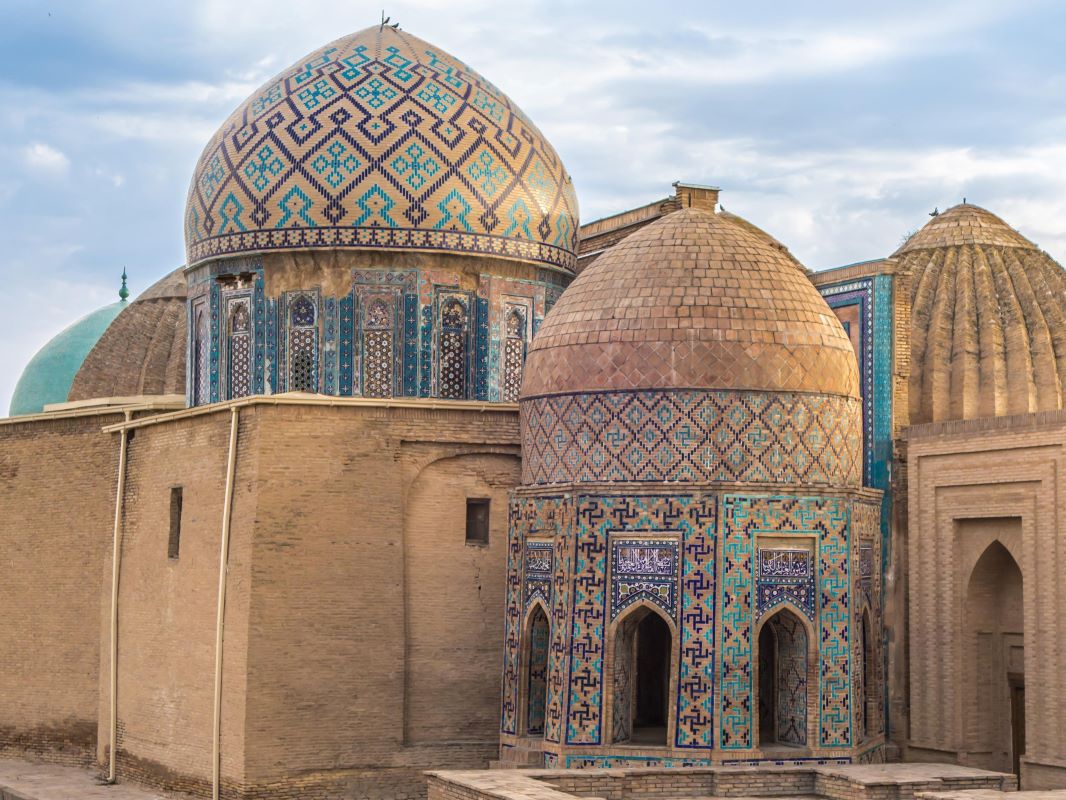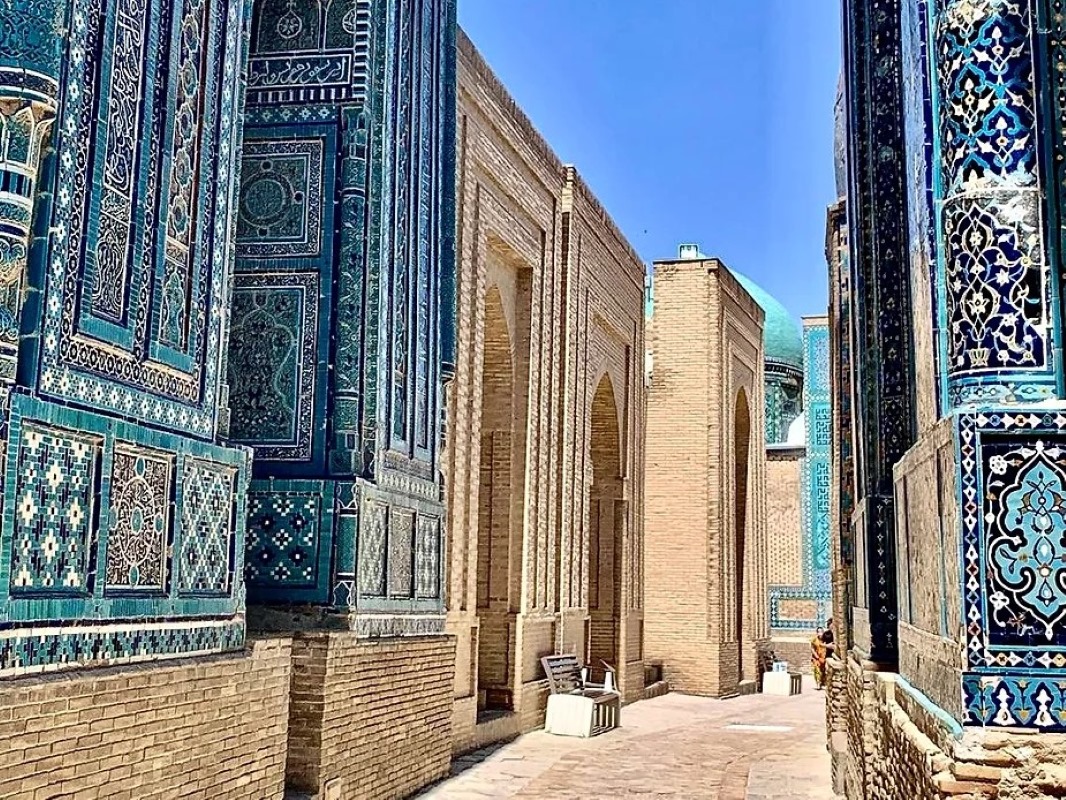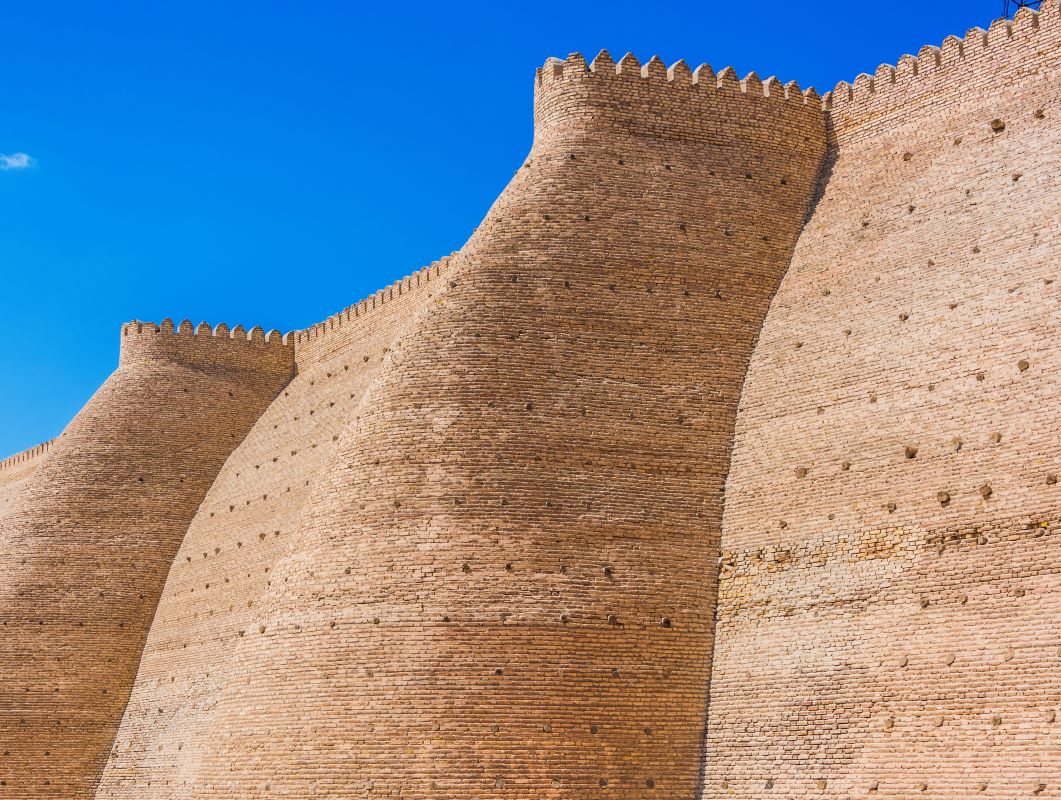The museum owns some 90,000 artefacts and pieces of art – including more than 15,000 paintings – only a fraction of which are actually on display. About half of the paintings were brought here in Soviet times by renegade artist and ethnographer Igor Savitsky. Many of the early-20th-century Russian paintings did not conform to Soviet Realism, but found protection in these isolated backwaters.
Karakalapakstan State Museum of Art named after I.V. Savitsky is the most attractive place in Karakalpakstan. It is named after its founder and first director, artist I.V. Savitsky. Savitsky saw Karakalpakstan for the first time as a member of the Khorezm archaeological and ethnographic expedition in the 1950s. Collecting articles of folk art, he “fell in love” with Karakalpakstan for life. In 1966 upon his initiative a museum of art was founded in the city of Nukus. Until his death in 1984 Savitsky looked for and found new masterpieces for the museum’s collections. In 2002, he was posthumously awarded with a Buyuk Hizmatlari uchun Order (“An Order for Great Services”) by the President of the Republic of Uzbekistan Islam Karimov.
The Savitsky Museum (www.savitskycollection.org; working hours 9am-5pm Mon-Fri, 10am-4pm Sat & Sun) houses one of the most remarkable art collections in the former Soviet Union.
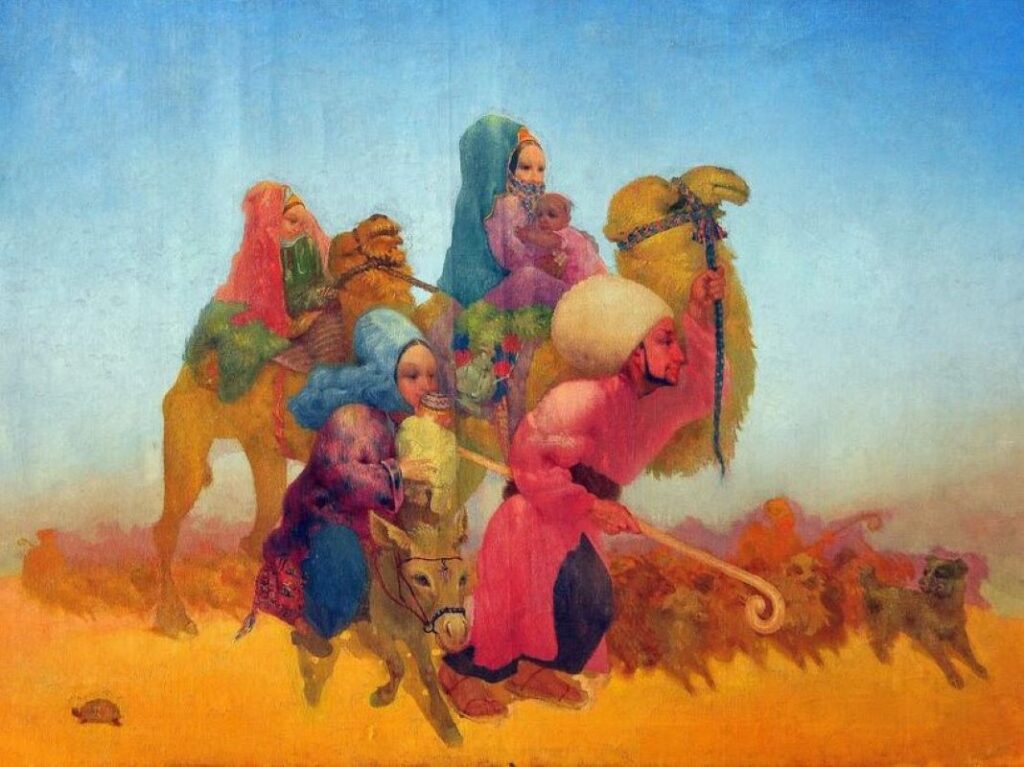
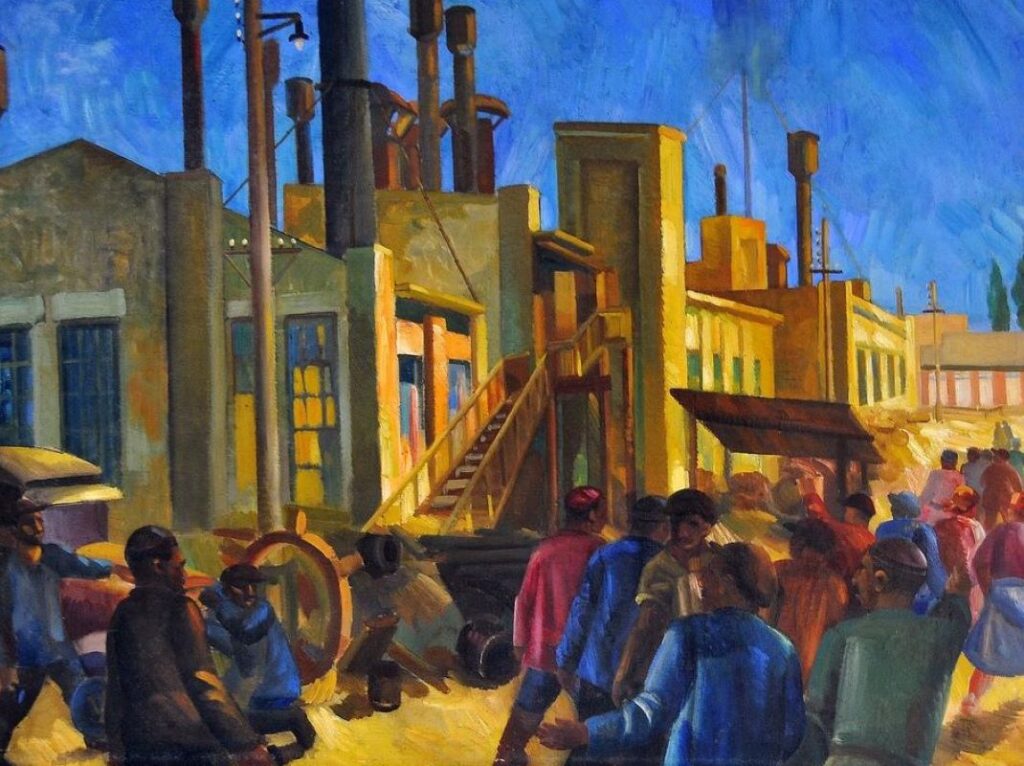
The museum is located in the centre of Nukus. Its collection includes about 100,000 exhibits. Exhibitions are divided into three main sections: Visual Art; Karakalpakstan Folk Arts and Crafts and Ancient Khorezm Art.The oldest museum artifact is a relish of ancient petroglyphs – the Bactrian camel images on a rock piece from the mountain range Bukantau (II millennium B.C.). The earliest terracotta piece in the archaeological collection belongs to the V century B.C. It depicts a seated woman dressed in a long ankle-length dress and a tiara-like headpiece covered with a veil. Another museum exhibit, the Tuya-Muyun horse sculpture (VII–VIII centuries B.C.), is also very peculiar. The Visual Arts section contains tens of thousands paintings, including the works of Russian and Turkestan avant-garde artists of the XX century.

